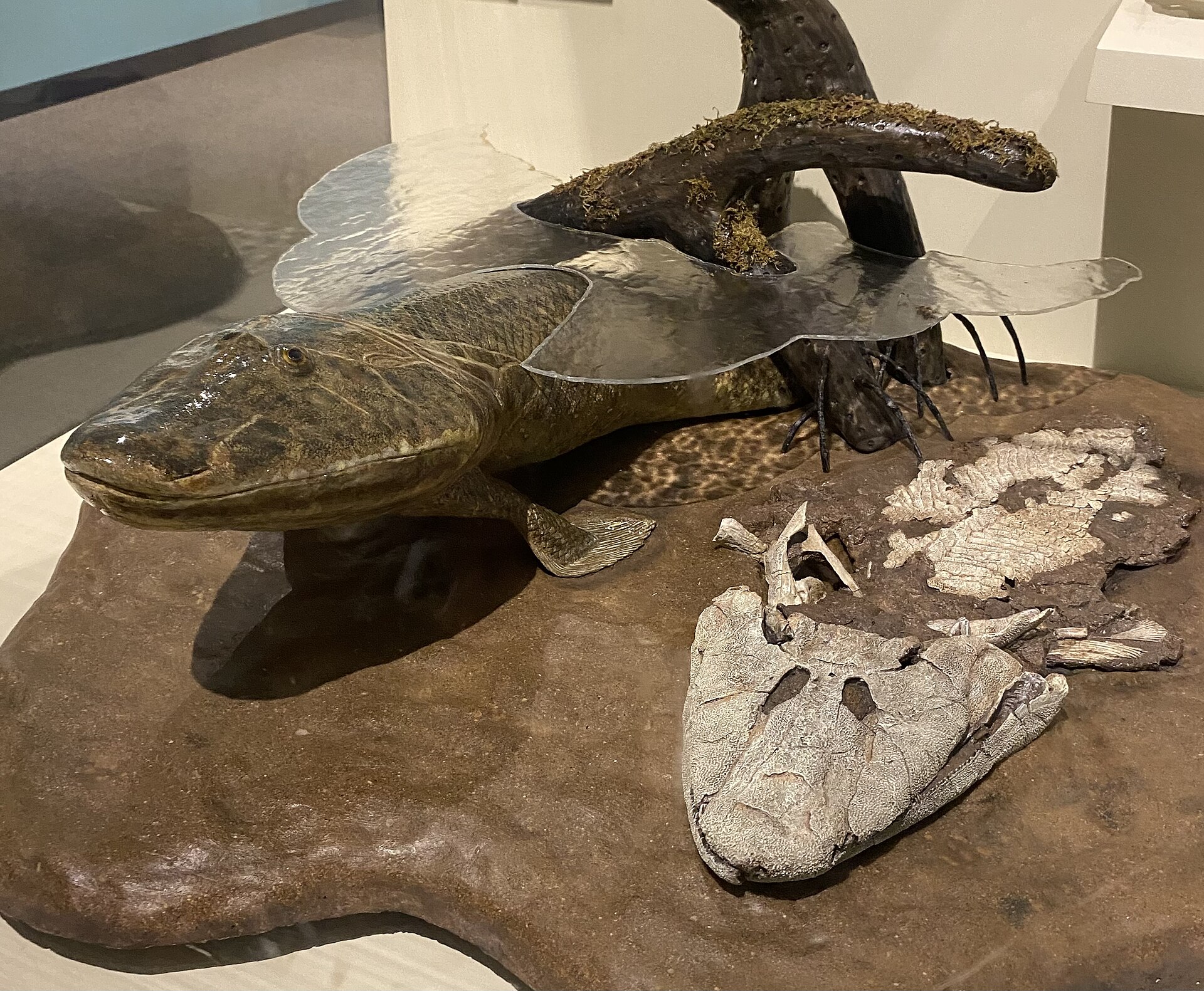SURAH AN NOOR (THE LIGHT): AYAT 45 (QURAN 24:45)

Water: The Essence of Life – The Quran states: “And We made from water every living thing. Then will they not believe?” (Surah Al-Anbiya 21:30). This verse aligns with modern scientific understanding that water is fundamental to biological existence.
- Cellular Composition: In humans, water makes up around 60% of the body, playing a crucial role in biochemical processes.
- Origin of Life: Scientific theories suggest life first emerged in water, with early single-celled organisms evolving in aquatic environments
- Universal Requirement: Every known life form depends on water for metabolic functions, from photosynthesis in plants to enzymatic reactions in animals
The Quranic emphasis on water as the foundation of life is remarkably consistent with scientific discoveries. Even astronomers searching for extraterrestrial life prioritize the presence of water as a key indicator of habitability. This concept elegantly bridges religious wisdom with scientific discovery.
Now let’s shift focus to Surah An Noor (The Light): Ayat 45 – Allah (swt) in his infinite wisdom again states that He has created from water all living creatures but then further elucidates that “some of them crawl on their bellies, some walk on two limbs, and some walk on four limbs”. The Quran has remarkably consistent structures and patterns – when ordered in line – the temporal order from oldest to youngest would be 1) Crawling on bellies 2) Walking on 2 limbs and 3) Walking on 4 Limbs.
Evolutionists and theologians for centuries have cited this as an error – the walking on 2 limbs is the most advanced form (a human is more advanced than a four legged animal) and should be listed as the latest in that order.
But modern science has shined more light on the journey from crawling to walking. The transition from aquatic life to terrestrial movement is one of the most profound milestones in history. Fossil evidence suggests that early vertebrates, particularly lobe-finned fish, developed limb-like structures that enabled them to navigate shallow waters and eventually crawl onto land (Discover Magazine). Primitive aquatic organisms, such as early tetrapods, likely began their terrestrial journey by dragging themselves across muddy substrates. Fossils of Acanthostega and Ichthyostega reveal that these creatures possessed rudimentary limbs but were still largely aquatic, using their bodies to propel themselves forward (Harvard University) and did not have the functional stress to post up and rise on the “limbs”.
The Emergence of Two-Legged Locomotion – The Devonian period saw the emergence of tetrapods, with species like Tiktaalik exhibiting limb-like fins that allowed them to navigate muddy shallows. The discovery of Tiktaalik roseae revolutionized our understanding of vertebrate evolution. Unearthed in 2004 in the Canadian Arctic, this 375-million-year-old fossil provided compelling evidence of the transition from aquatic life to terrestrial movement. Scientists identified Tiktaalik as a crucial “missing link” between lobe-finned fish and early tetrapods, showcasing features that foreshadowed the emergence of four-legged creatures (Environmental Literacy).
Neil Shubin and his team at the University of Chicago led the groundbreaking research on Tiktaalik, revealing its unique anatomical adaptations. While retaining fish-like characteristics—such as scales and gills—Tiktaalik also exhibited tetrapod-like features, including:
- A Mobile Neck: Unlike most fish, Tiktaalik could lift its head independently, a crucial adaptation for life in shallow waters (New Scientist).
- Limb-Like Fins: Its fins contained bones homologous to the upper arm, forearm, and primitive wrist, suggesting it could prop itself up in shallow water or even briefly venture onto land (University of Chicago).
- Reduced Gill Structures: Scientists found that Tiktaalik had begun shifting away from reliance on gill respiration, indicating an increasing ability to breathe air (New Scientist).

Tiktaalik possessed features that would allow it to support itself on land, and it’s possible it could have used its fins to “walk” on the bottom of freshwater bodies. While not a true landwalker in the sense of modern tetrapods, Tiktaalik’s forelimbs had features like shoulders, elbows, and partial wrists that facilitated this movement. Tiktaalik also had a large pelvis with connections to its vertebral column, which further suggests an adaptation for supporting its body and moving on land.
As vertebrates adapted to terrestrial environments, the strengthening of limb structures led to the development of four-legged movement. Fossil records indicate that tetrapods evolved robust limbs capable of supporting their weight, allowing them to explore land more efficiently (Discover Magazine).
So the order as stated by God in the Quran over 1400 years ago is now confirmed as the prevailing thought process by modern paleontologists, evolutionary biologists, and zoologists after discoveries in the 2000’s!
In Surah Fussilat (Quran 41:53) – Allah (swt) says: We will show them Our signs in the universe and within themselves until it becomes clear to them that this ˹Quran˺ is the truth. Is it not enough that your Lord is a Witness over all things?

